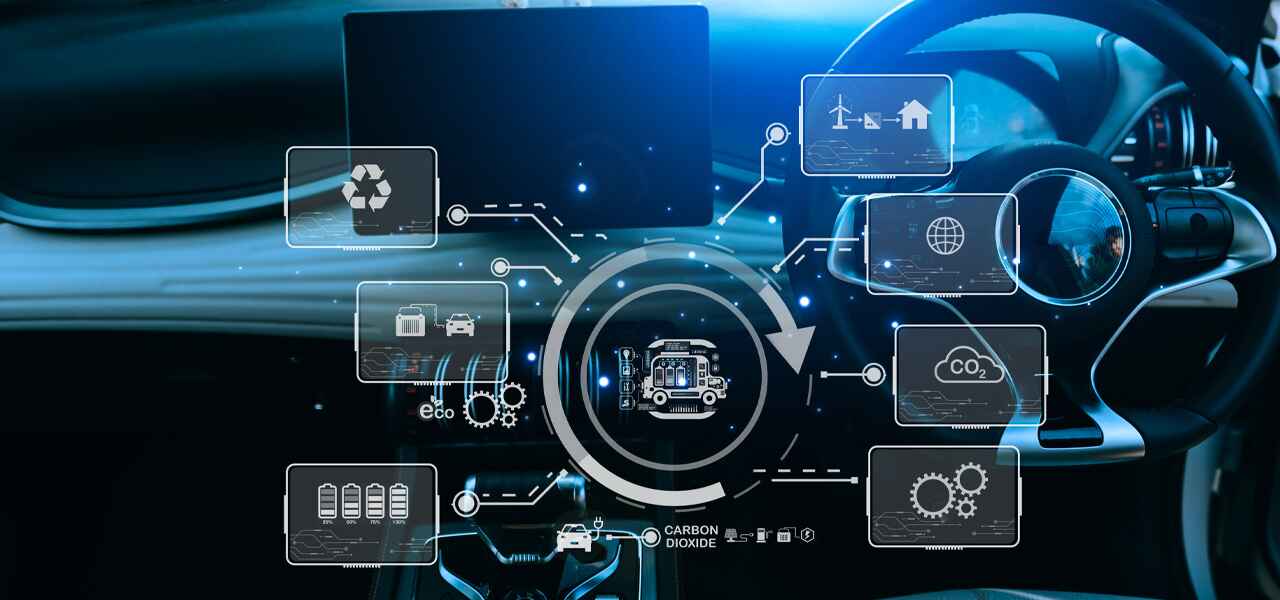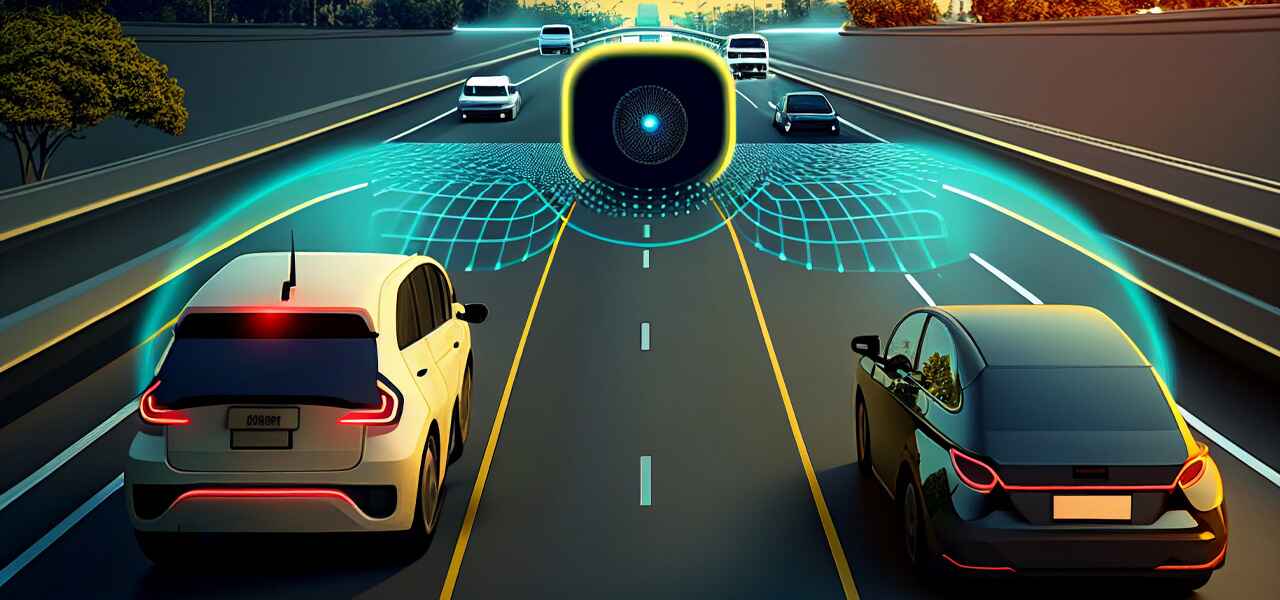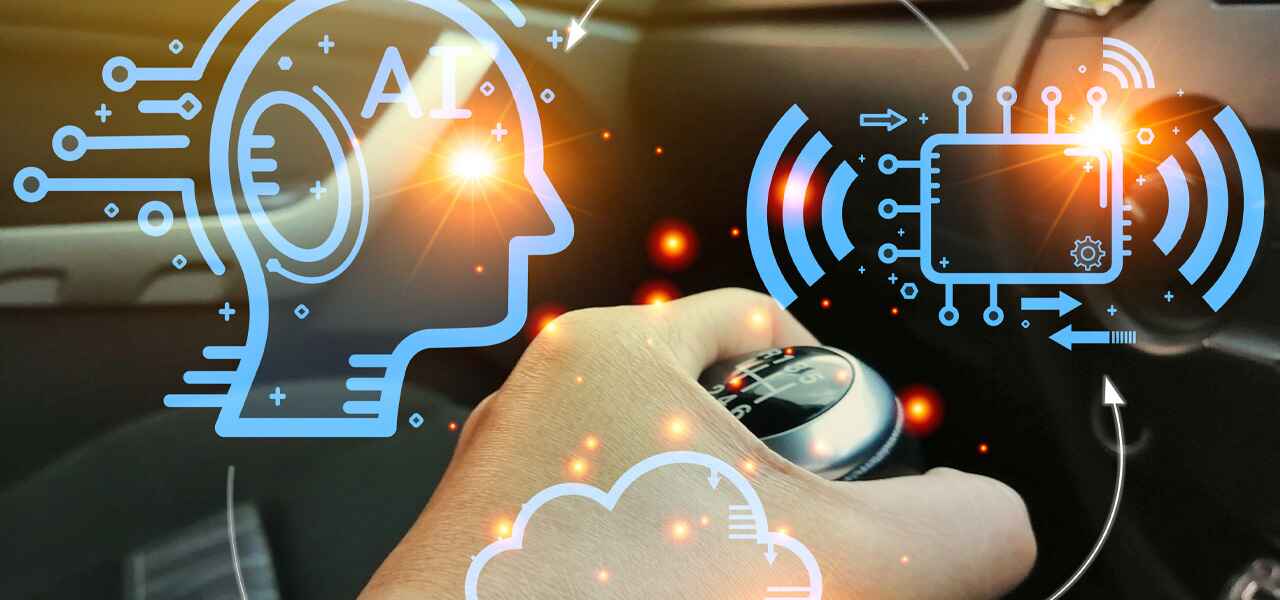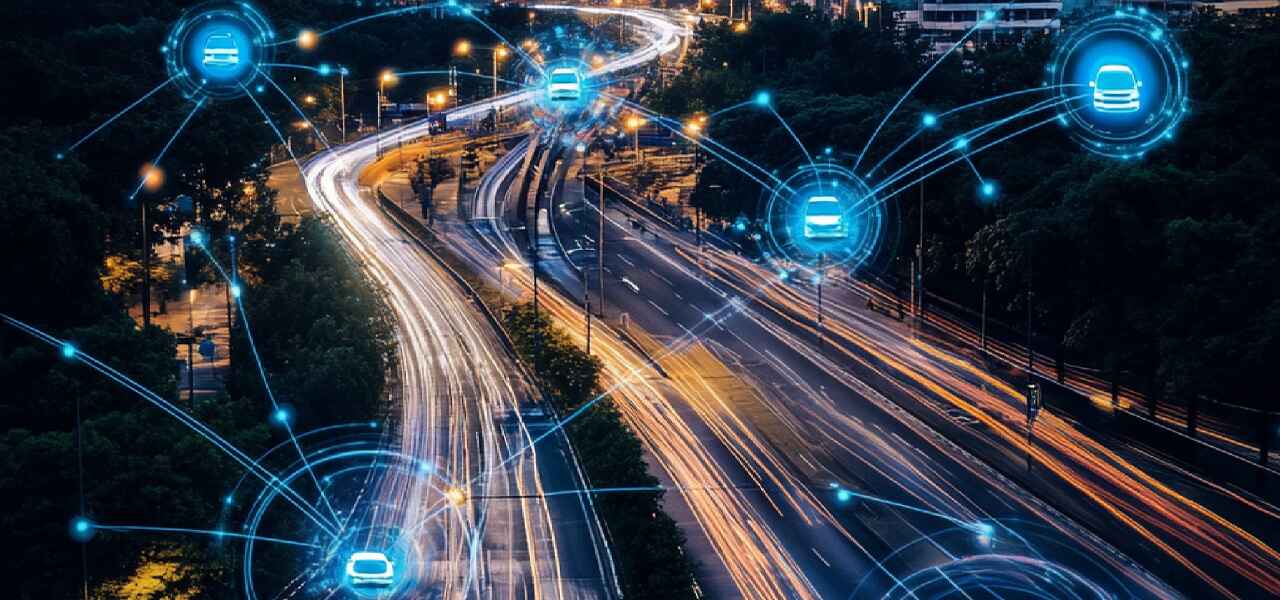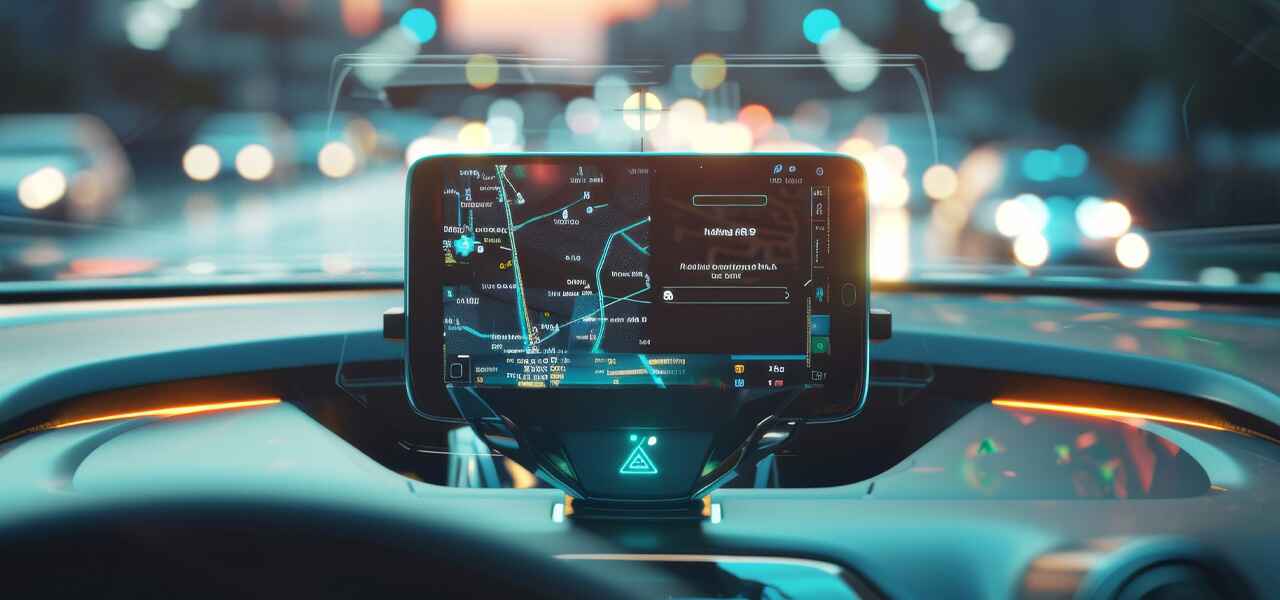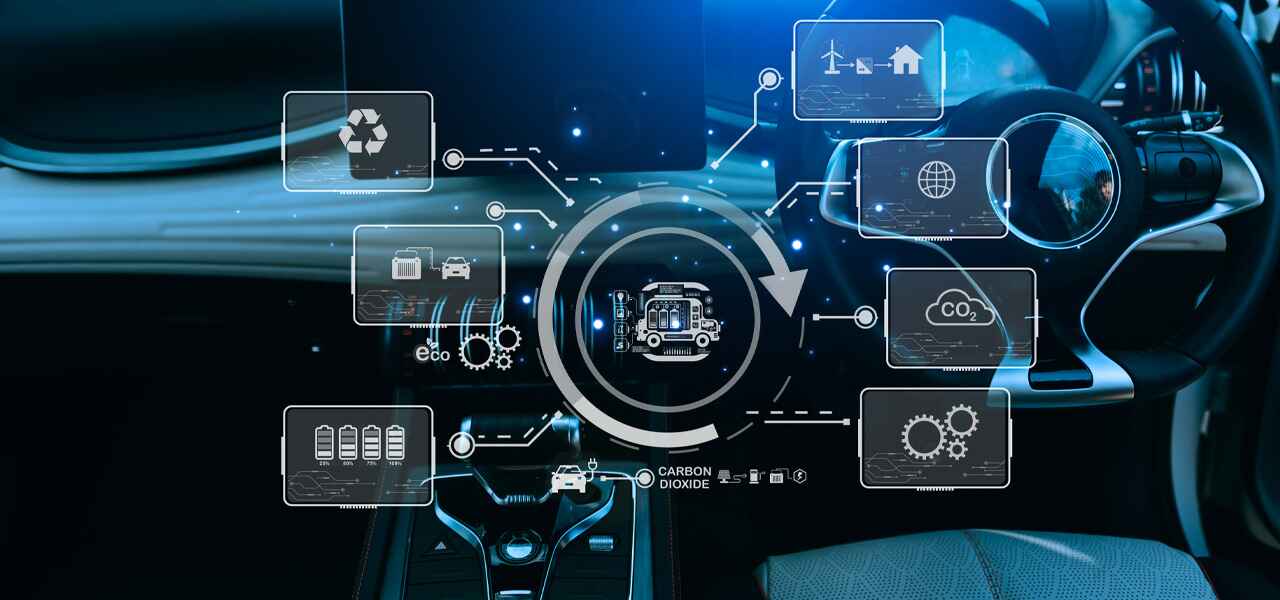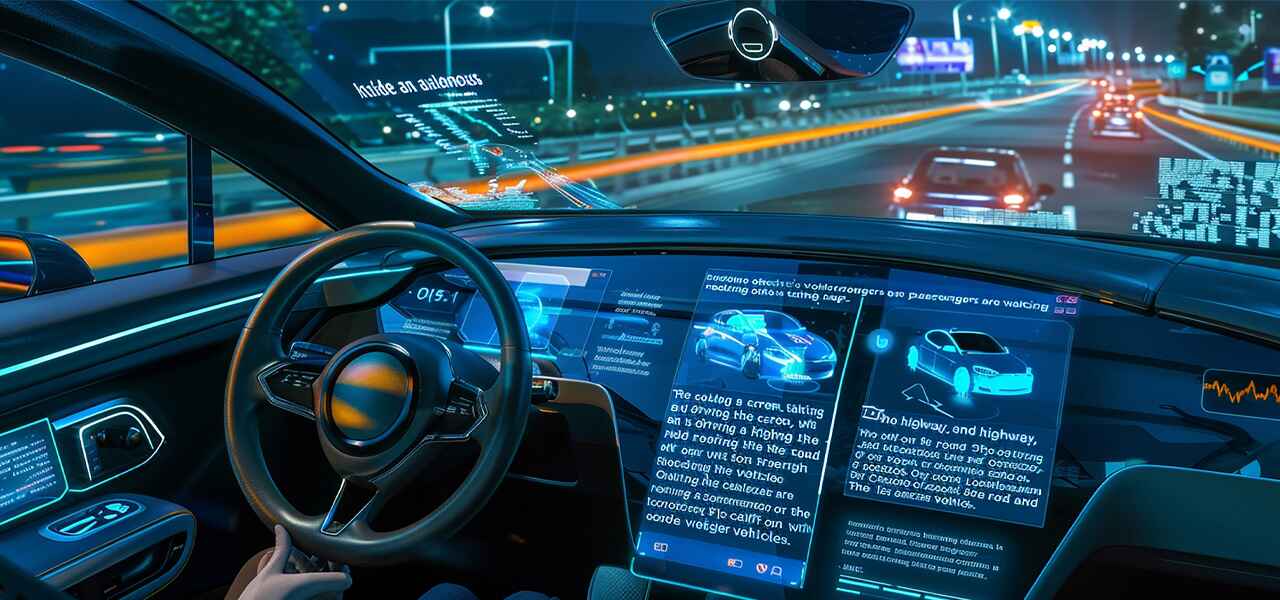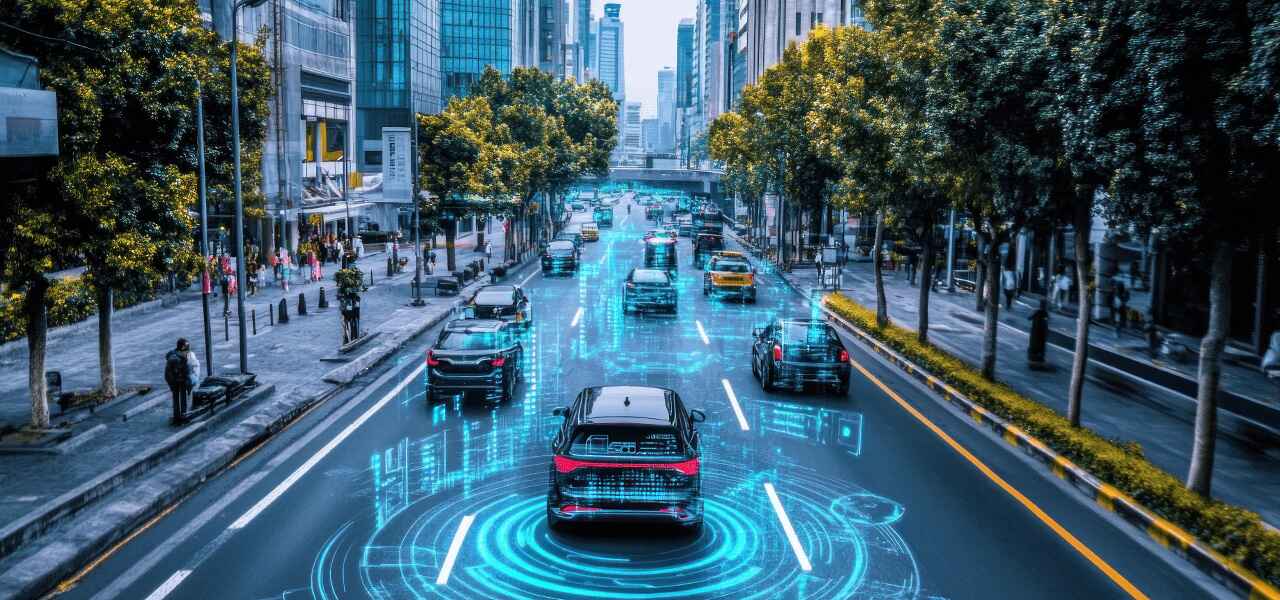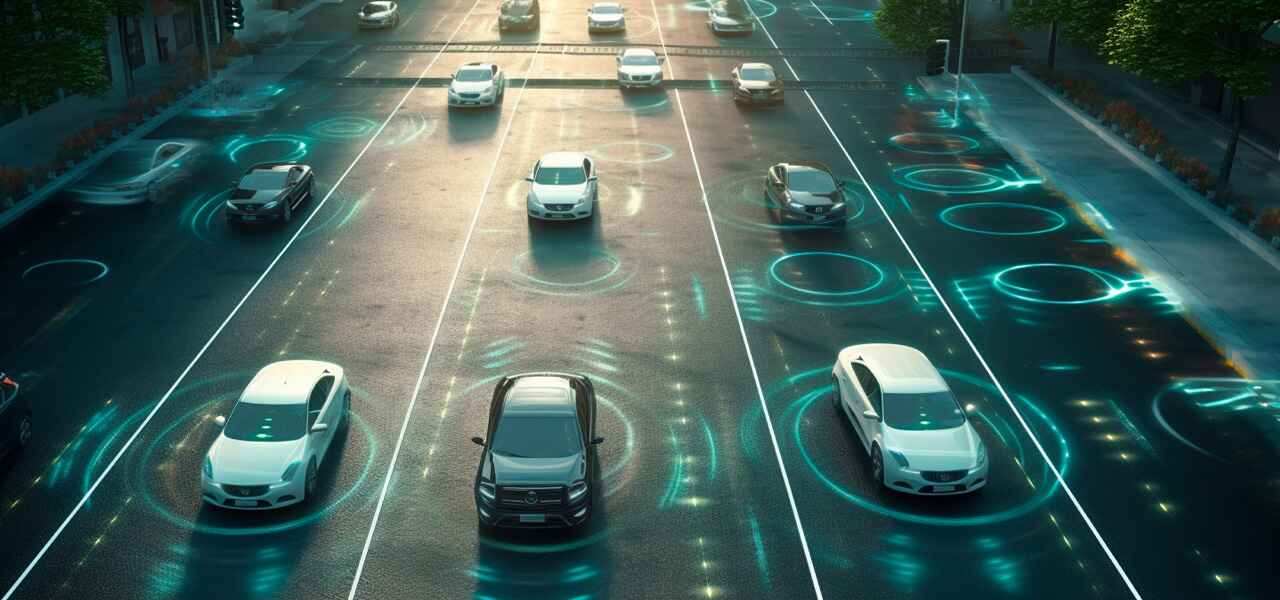In the last decade, the concept of autonomous vehicles (AVs), commonly known as self-driving cars, has evolved from science fiction into a tangible reality. The rise of autonomous vehicles represents one of the most significant technological advancements in modern transportation. These vehicles, which can navigate and operate with little to no human input, promise to revolutionize everything from personal commutes to goods delivery, ultimately transforming industries, economies, and even how cities are planned.
This blog will explore the technology behind autonomous vehicles, the levels of automation, the companies leading the charge, and the potential impacts on society and the environment.
The Technology behind Autonomous Vehicles
Autonomous vehicles rely on a combination of advanced hardware and software technologies that work in tandem to allow a car to sense its environment, make decisions, and move accordingly. Below are the key components driving the AV revolution:
- Sensors and Cameras
At the heart of any autonomous vehicle is its ability to “see” the world around it. This is achieved through a variety of sensors that provide real-time data:
- LIDAR (Light Detection and Ranging): This sensor emits light pulses that bounce off surrounding objects to create a 3D map of the vehicle’s environment. LIDAR is crucial for detecting objects such as pedestrians, other cars, and obstacles, even in low-light conditions.
- Radar: Radar sensors use radio waves to measure the speed and distance of objects around the vehicle. This is particularly useful in monitoring nearby traffic and providing accurate data regardless of weather conditions like rain or fog.
- Cameras: Autonomous vehicles are equipped with multiple cameras to capture real-time video of the vehicle’s surroundings. Cameras help in identifying road signs, lane markings, traffic lights, and other visual cues that the vehicle’s software uses to make decisions.
- Ultrasonic Sensors: These are primarily used for detecting objects that are very close to the vehicle, such as curbs or nearby vehicles during parking maneuvers.
- Artificial Intelligence (AI) and Machine Learning (ML)
While sensors and cameras capture data, it is artificial intelligence and machine learning that process this information and make decisions. AI allows the vehicle to interpret data from sensors, identify patterns, and predict the behavior of other road users, such as pedestrians or cyclists.
- Neural Networks: Autonomous vehicles use deep learning models to recognize objects and make real-time decisions. Neural networks are trained with millions of images and scenarios, teaching the vehicle how to handle various driving situations, from routine city driving to unexpected events like an animal crossing the road.
- Path Planning: AI is responsible for planning the vehicle’s route and making adjustments in real-time. This involves predicting the motion of surrounding objects and making decisions like slowing down, stopping, or changing lanes.
- Vehicle-to-Everything (V2X) Communication
To ensure safety and efficiency, autonomous vehicles are equipped with V2X communication technology, which allows them to communicate with other vehicles, infrastructure, and even pedestrians. This exchange of information ensures that the vehicle has up-to-date knowledge of its surroundings, traffic conditions, and potential hazards.
- Vehicle-to-Vehicle (V2V) Communication: This allows autonomous vehicles to share data with nearby vehicles, such as their speed, direction, and intentions (e.g., a planned lane change). V2V communication reduces the risk of collisions and ensures smoother traffic flow.
- Vehicle-to-Infrastructure (V2I) Communication: AVs can also communicate with traffic signals, road signs, and other infrastructure to optimize route planning and minimize stops at red lights or in congested areas.
- High-Definition (HD) Maps
Autonomous vehicles rely on highly detailed maps that are far more advanced than traditional GPS maps. HD maps provide centimeter-level accuracy, including information on lane widths, road curvature, and the exact location of traffic signals and signs. This enables the vehicle to navigate complex environments, such as city streets or multi-lane highways.
- Computing Power
To process the vast amount of data in real-time, autonomous vehicles require powerful onboard computers. These computers analyze inputs from all sensors, cameras, and communication systems to make split-second decisions. Companies like NVIDIA and Intel are providing high-performance computing platforms specifically designed for autonomous vehicles.
Levels of Automation
The Society of Automotive Engineers (SAE) has defined six levels of vehicle automation, ranging from Level 0 (no automation) to Level 5 (full automation). Here’s a brief overview of these levels:
- Level 0 (No Automation): The driver is in complete control of the vehicle at all times.
- Level 1 (Driver Assistance): The vehicle may assist with steering or acceleration, but the driver must remain engaged (e.g., adaptive cruise control).
- Level 2 (Partial Automation): The car can perform more complex tasks like steering and acceleration simultaneously, but the driver must be ready to take over if needed (e.g., Tesla’s Autopilot).
- Level 3 (Conditional Automation): The car can drive itself in certain conditions, such as on highways, but the driver must be prepared to intervene (e.g., Audi’s Traffic Jam Pilot).
- Level 4 (High Automation): The vehicle can operate without human intervention in most scenarios, but a driver may still be needed in some conditions (e.g., Waymo’s self-driving taxis in specific areas).
- Level 5 (Full Automation): The vehicle is fully autonomous and does not require any human input. These vehicles can operate in all environments and conditions.
Companies Leading the Way
The development of autonomous vehicles is being spearheaded by both traditional automakers and tech companies. Some of the key players include:
- Tesla:
Tesla’s Autopilot and Full Self-Driving (FSD) features are among the most well-known AV technologies. Tesla vehicles use a combination of cameras, radar, and AI to offer advanced driver assistance, though the company is striving for full automation in the future.
- Waymo: A subsidiary of Alphabet (Google’s parent company), Waymo is at the forefront of autonomous driving. The company’s self-driving taxis have been operating in select U.S. cities, providing a glimpse into the future of autonomous transportation.
- Cruise:
Backed by General Motors, Cruise is developing electric autonomous vehicles for ride-hailing and delivery services. The company aims to deploy a fully autonomous vehicle fleet in urban environments.
- Uber and Lyft: Both ride-sharing giants are investing heavily in AV technology to eventually replace human drivers with autonomous fleets.
- Aurora: A company founded by former engineers from Google, Tesla, and Uber, Aurora is focused on developing the software and hardware for fully autonomous vehicles.
Impact of Autonomous Vehicles
The widespread adoption of autonomous vehicles will have profound impacts on various aspects of society, from transportation infrastructure to environmental sustainability.
- Safety
Autonomous vehicles are expected to significantly reduce accidents caused by human error, which is responsible for more than 90% of traffic incidents. With advanced sensors and AI systems that can react faster than humans, AVs promise safer roads and fewer fatalities.
- Efficiency
AVs have the potential to improve traffic flow and reduce congestion. With V2V communication and AI-driven path planning, autonomous cars can minimize stop-and-go traffic and optimize routes, reducing travel times and fuel consumption.
- Environmental Impact
Autonomous vehicles, particularly electric ones, could play a role in reducing greenhouse gas emissions. By optimizing driving patterns and minimizing idling, AVs can contribute to more efficient fuel usage and lower emissions. Furthermore, the rise of shared autonomous fleets may reduce the need for personal car ownership, further decreasing the overall number of vehicles on the road.
- Economic Disruption
The rise of AVs could disrupt various industries, particularly those that rely on human drivers. Trucking, ride-sharing, and delivery services could see a shift towards automation, leading to job losses for drivers. However, new opportunities will arise in sectors such as AI development, cybersecurity, and infrastructure upgrades.
- Urban Planning and Infrastructure
As AVs become more common, cities may need to rethink their infrastructure. Parking spaces, for instance, could be repurposed as shared autonomous vehicles can drop off passengers and continue moving. Urban planners may also need to design roads and intersections optimized for autonomous traffic.
Conclusion
The rise of autonomous vehicles is a technological revolution that promises to reshape the future of transportation. With advancements in sensors, AI, machine learning, and communication technologies, self-driving cars are becoming a reality. While challenges such as regulatory hurdles and public acceptance remain, the potential benefits—safer roads, improved efficiency, and a reduced environmental impact—make autonomous vehicles a promising innovation that could transform how we move and live.


